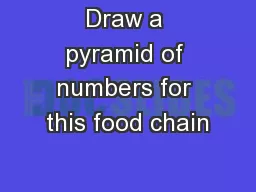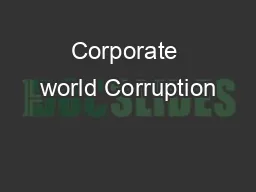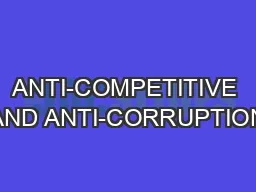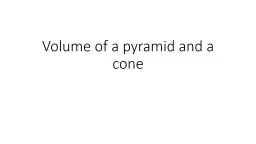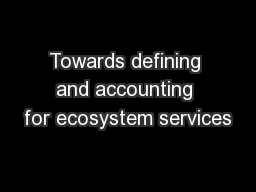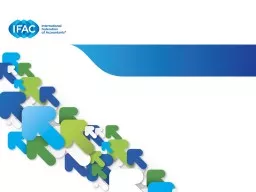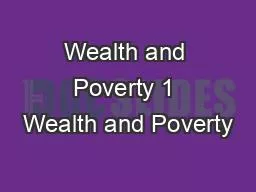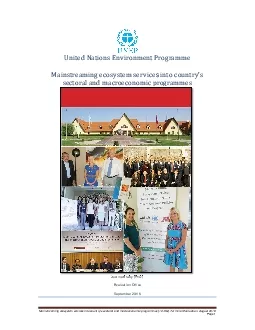PDF-Chapter The Market at the Bottom of the Pyramid Chapter Products and Services for the
Author : alexa-scheidler | Published Date : 2015-01-21
We start with a simple proposition If we stop thinking of the poor as victims or as a burden and start recognizing them as resilient and creative entrepreneurs and
Presentation Embed Code
Download Presentation
Download Presentation The PPT/PDF document "Chapter The Market at the Bottom of the..." is the property of its rightful owner. Permission is granted to download and print the materials on this website for personal, non-commercial use only, and to display it on your personal computer provided you do not modify the materials and that you retain all copyright notices contained in the materials. By downloading content from our website, you accept the terms of this agreement.
Chapter The Market at the Bottom of the Pyramid Chapter Products and Services for the: Transcript
Download Rules Of Document
"Chapter The Market at the Bottom of the Pyramid Chapter Products and Services for the"The content belongs to its owner. You may download and print it for personal use, without modification, and keep all copyright notices. By downloading, you agree to these terms.
Related Documents



